奇跡の薬「アスピリン」を巡る壮絶な世紀の競争はなお続く
ドイツの「バイエル薬品」が1899年に「アスピリン」という商標で、鎮痛剤
を市販し始めてから、既に100年以上の歳月が経っているが、この薬を巡る企
業間の激しい競争や新しい薬効を見つけ出そうとする医学研究は、今なお続いて
いる。この薬の化学名は「アセチルサリチル酸」(ASA)である。実は、この
化合物は、1763年に英国の町医者 (牧師) エドワード・ストーン が柳の幹の
皮中に発見した生薬「サリチル酸」(SA)を、1897年になって、ドイツの
バイエル社の若き有機化学者 フェリックス・ホフマン がアセチル化して作った
誘導体である。SA自身は酸性が強過ぎ、胃腸に激しい副作用を起こすので、そ
れを中和するために、アセチル化したわけである。実は当時、ホフマンの父親が
重症のリューマチに悩んでいたので、その治療 (鎮痛/消炎) 薬としてSAをま
ず飲ませたが、副作用が強く、それを何とか緩和するために、アセチル誘導体
(ASA)の合成に取り組んだというわけである。この「アスピリン」は、薬業
界でたちまち大ヒットをもたらし、バイエル社は、この鎮痛剤で大儲けをした。
しかし、この薬の成功は、それだけには留まらなかった。その後(20世紀後半)、
英国のジョン・ベインらにより、アスピリンの主な標的が「プロスタグランディ
ン」という脂肪性ホルモンを合成する酵素「サイクロオキシゲナーゼ」(COXー
2)であることが発見されると共に、アスピリンが血小板の凝集を抑えることが
発見され、血栓、心筋梗塞、脳溢血などの循環系病の特効薬としても処方され始
めた。更にごく最近(今世紀初め)には、この酵素「COXー2」の発癌作用を
も抑えることが報告されている。従って、このいわば「万能薬」をめぐって、業
界や医学界で、初陣、先陣を競い合う壮絶な販売/研究競争が、その発見以来一
世紀以上にわたって続いている。 この単行本(邦訳)は、その歴史を、一般大衆
にも理解しやすく面白く綴った、血湧き肉躍る「アスピリン発見/開発物語」で
ある。学生、研究者、業界のビジネスマンにも、大変に参考になる本である。一
読をぜひ勧めたい。
この世紀にわたる「アスピリン戦争」は、泥沼の「ベトナム戦争」、「イラク戦争」、
「アフガン戦争」とは全く違い、難病に苦しむ無数の患者の命を救うべき「知的
な戦い」なので、読んでいて実に胸がすくむ。。。
2010年2月8日月曜日
2010年2月7日日曜日
PAK1-RAF-Cox-2 Signaling:
Essential for Cancer and Inflammation
It has been discussed previously that the kinase PAK1 is essential for both
the growth of more than 70% of human cancers and inflammatory diseases such
as asthma and arthritis. Thus, anti-PAK1 drugs (synthetic or natural) such
as FK228 and propolis would be useful for the therapy of these formidable
diseases.
Interestingly, it has been reported recently that an enzyme called COX-2
(cyclooxygenase-2) is also required for both cancer growth and inflammation.
Furthermore, OSU-03012, a derivative of the anti-Cox-2 drug "Celecoxib"
was found by Matt Ringel's group at OSU in 2007 to inhibit directly PAK1.
So I wonder if PAK1 and Cox-2 are somehow closely linked in the regulation
of both cancer growth and inflammation.
In this context, it should be noted that several anti-PAK1 products such
as FK228, CAPE, curcumin, resveratrol, capsaicin, berberine, Ivermectin,
DPM (dipyridamole), PP1 and OSU-03012 have been reported previously
to block the expression of Cox-2 gene, strongly suggesting the possibility
that PAK1 acts up-stream of this gene.
It is well known that the oncogenic RAS activates both the kinase PAK1 and
Cox-2 gene. Is PAK1 essential for the RAS-induced activation of Cox-2 gene?
YES, in 2008 Lee Slice's group at UCLA found that activation of Cox-2 gene
indeed requires PAK1, as a dominant negative mutant of PAK1 blocks the Cox-2
gene expression, and a constitutively active mutant of PAK1 alone can activate
Cox-2 gene (see below):
Hung Phama, Romina Vincentia and Lee Slice (2008)
COX-2 promoter activation by AT1R-Gq-PAK-p38 signaling in intestinal epithelial
cells.
Biochimica et Biophysica Acta (BBA) - Gene Regulatory Mechanisms
1779, 408-413.
What does Cox-2? It is an enzyme that produces a group of hormones called
prostaglandins (PGs) from a fatty acid called arachidonic acid. PGs causes
contraction of smooth muscles such as those in blood vessel and uterus,
and inflammation associated with aching joints, arthritis and asthma. Around
1971, John Vane's group in London discovered that Aspirin and many other
NSAIDs (non-steroidal anti-inflammatory drugs) block the production of PGs
by inhibiting cyclooxygenases such as Cox-2. In 1982, for this historical
discovery of theirs, they shared a Nobel prize in physiology and medicine.
Thus, Cox-2 inhibitors such as Aspirin and celecoxib as well as anti-PAK1
products such as FK228 and propolis suppress pain, fever and inflammation,
in addition to the growth of cancers.
How can PGs cause cancers? RAS activates Cox-2 gene through PAK1 and Raf, and in
turn Cox-2 derived PGs such as PGE(2) constitutively activates PAS, and
eventually activates PAK1 and Raf.
In other words, RAS, PAK1, Raf and COX-2 form a highly vicious oncogenic cycle.
Now I am very curious to know if Aspirin inactivates PAK1 or Raf. Like many other
NSAIDs such as Sulindac Sulfide, Aspirin blocks both cancer growth and inflammation, and inactivates
Cox-2 gene. Furthermore, it suppresses both angiogenesis and matastasis
of cancers. These anti-cancer properties appears to be among the typical
"finger-print" properties of anti-PAK1/anti-Raf drugs.
To our great surprise, like Sulindac Sulfide (5 micro M), Aspirin (500 micro M) directly blocks the RAS-Raf interaction and inactivates the kinase PAK1,
according to the recent paper from Wen-Chun Hung's group in Taiwan (see below):
Mei-Ren Pan, Hui-Chiu Chang and Wen-Chun Hung (2008)
Non-steroidal anti-inflammatory drugs (NSAIDs) suppress the ERK signaling
pathway via block of Ras/c-Raf interaction and activation of MAP kinase
phosphatases.
Cellular Signalling, 20, 1134-1141.
To be continued
the growth of more than 70% of human cancers and inflammatory diseases such
as asthma and arthritis. Thus, anti-PAK1 drugs (synthetic or natural) such
as FK228 and propolis would be useful for the therapy of these formidable
diseases.
Interestingly, it has been reported recently that an enzyme called COX-2
(cyclooxygenase-2) is also required for both cancer growth and inflammation.
Furthermore, OSU-03012, a derivative of the anti-Cox-2 drug "Celecoxib"
was found by Matt Ringel's group at OSU in 2007 to inhibit directly PAK1.
So I wonder if PAK1 and Cox-2 are somehow closely linked in the regulation
of both cancer growth and inflammation.
In this context, it should be noted that several anti-PAK1 products such
as FK228, CAPE, curcumin, resveratrol, capsaicin, berberine, Ivermectin,
DPM (dipyridamole), PP1 and OSU-03012 have been reported previously
to block the expression of Cox-2 gene, strongly suggesting the possibility
that PAK1 acts up-stream of this gene.
It is well known that the oncogenic RAS activates both the kinase PAK1 and
Cox-2 gene. Is PAK1 essential for the RAS-induced activation of Cox-2 gene?
YES, in 2008 Lee Slice's group at UCLA found that activation of Cox-2 gene
indeed requires PAK1, as a dominant negative mutant of PAK1 blocks the Cox-2
gene expression, and a constitutively active mutant of PAK1 alone can activate
Cox-2 gene (see below):
Hung Phama, Romina Vincentia and Lee Slice (2008)
COX-2 promoter activation by AT1R-Gq-PAK-p38 signaling in intestinal epithelial
cells.
Biochimica et Biophysica Acta (BBA) - Gene Regulatory Mechanisms
1779, 408-413.
What does Cox-2? It is an enzyme that produces a group of hormones called
prostaglandins (PGs) from a fatty acid called arachidonic acid. PGs causes
contraction of smooth muscles such as those in blood vessel and uterus,
and inflammation associated with aching joints, arthritis and asthma. Around
1971, John Vane's group in London discovered that Aspirin and many other
NSAIDs (non-steroidal anti-inflammatory drugs) block the production of PGs
by inhibiting cyclooxygenases such as Cox-2. In 1982, for this historical
discovery of theirs, they shared a Nobel prize in physiology and medicine.
Thus, Cox-2 inhibitors such as Aspirin and celecoxib as well as anti-PAK1
products such as FK228 and propolis suppress pain, fever and inflammation,
in addition to the growth of cancers.
How can PGs cause cancers? RAS activates Cox-2 gene through PAK1 and Raf, and in
turn Cox-2 derived PGs such as PGE(2) constitutively activates PAS, and
eventually activates PAK1 and Raf.
In other words, RAS, PAK1, Raf and COX-2 form a highly vicious oncogenic cycle.
Now I am very curious to know if Aspirin inactivates PAK1 or Raf. Like many other
NSAIDs such as Sulindac Sulfide, Aspirin blocks both cancer growth and inflammation, and inactivates
Cox-2 gene. Furthermore, it suppresses both angiogenesis and matastasis
of cancers. These anti-cancer properties appears to be among the typical
"finger-print" properties of anti-PAK1/anti-Raf drugs.
To our great surprise, like Sulindac Sulfide (5 micro M), Aspirin (500 micro M) directly blocks the RAS-Raf interaction and inactivates the kinase PAK1,
according to the recent paper from Wen-Chun Hung's group in Taiwan (see below):
Mei-Ren Pan, Hui-Chiu Chang and Wen-Chun Hung (2008)
Non-steroidal anti-inflammatory drugs (NSAIDs) suppress the ERK signaling
pathway via block of Ras/c-Raf interaction and activation of MAP kinase
phosphatases.
Cellular Signalling, 20, 1134-1141.
To be continued
2010年2月1日月曜日
夾竹桃(きょうちくとう、Oleander):
その有毒な配糖体「Oleandrin」には強い抗癌作用もある。
引っ越し先の近所の街路樹 (潅木) の一つになっている、この鮮やかなピンク色
の花に魅せられて、我が家の門前にも一本植えてみようとにわかに思い立ち、日
本のとある有名な植物学者に、その潅木の名前を問い合わせたところ、「夾竹桃」
という猛毒な花木であることが判明した。「美しい花には (女性もしかりだが)
刺や毒が付き物である」ようだ。
その主な有毒物質が配糖体「Oleandrin」であることが既に判明していたので、更
にその薬理作用を文献で詳しく調べてみるうちに、この配糖体には、強い抗癌作
用もあることがわかり、意外な事実に驚かされた。実は10年ほど前から、テキ
サス大学の癌センターのロバート・ニューマン教授の研究室で、この配糖体の抗
癌作用メカニズムが研究されつつある。まだ確証はないが、どうやら我が専門の
発癌性キナーゼ「PAK」も遮断するらしい。従って、致死量 (LD50=0.3 mg/kg)
よりもずっと低い濃度を使えば、(FK228やプロポリス同様) 様々な癌や難病
の治療薬として、有効である可能性が出つつある。面白いことに、この配糖体は、
ヒト由来の癌には毒性があるが、マウス由来の癌にはなぜか毒性を全く示さない。
不思議だ!
というわけで、 毒の性格を良く理解し上手に取り扱えば、良薬にも変身できると
いうわけである。ついでながら、漢方では (朝鮮人参のごとく) その葉を強心剤
や利尿薬として利用しているそうである。
けだし、従来の探偵 (スリラー) 小説には、夾竹桃エキス(乳液)が暗殺 (毒殺)
の武器として、しばしば登場していたが、未来小説では、姿を変えて、難病の
特効薬として活躍してくるようになれば、すこぶる面白い!
の花に魅せられて、我が家の門前にも一本植えてみようとにわかに思い立ち、日
本のとある有名な植物学者に、その潅木の名前を問い合わせたところ、「夾竹桃」
という猛毒な花木であることが判明した。「美しい花には (女性もしかりだが)
刺や毒が付き物である」ようだ。
その主な有毒物質が配糖体「Oleandrin」であることが既に判明していたので、更
にその薬理作用を文献で詳しく調べてみるうちに、この配糖体には、強い抗癌作
用もあることがわかり、意外な事実に驚かされた。実は10年ほど前から、テキ
サス大学の癌センターのロバート・ニューマン教授の研究室で、この配糖体の抗
癌作用メカニズムが研究されつつある。まだ確証はないが、どうやら我が専門の
発癌性キナーゼ「PAK」も遮断するらしい。従って、致死量 (LD50=0.3 mg/kg)
よりもずっと低い濃度を使えば、(FK228やプロポリス同様) 様々な癌や難病
の治療薬として、有効である可能性が出つつある。面白いことに、この配糖体は、
ヒト由来の癌には毒性があるが、マウス由来の癌にはなぜか毒性を全く示さない。
不思議だ!
というわけで、 毒の性格を良く理解し上手に取り扱えば、良薬にも変身できると
いうわけである。ついでながら、漢方では (朝鮮人参のごとく) その葉を強心剤
や利尿薬として利用しているそうである。
けだし、従来の探偵 (スリラー) 小説には、夾竹桃エキス(乳液)が暗殺 (毒殺)
の武器として、しばしば登場していたが、未来小説では、姿を変えて、難病の
特効薬として活躍してくるようになれば、すこぶる面白い!
登録:
コメント (Atom)










































































![リオ五輪男子体操団体:日本(金)、ロシア[銀]、中国[銅]。](https://blogger.googleusercontent.com/img/b/R29vZ2xl/AVvXsEjHS61FORcH43CteZVfJzLmbqvNwOIliOSMpTpRtEi7x8j1ZwPk5rDaZovTrwuZxfDDtdEDSj673it735LF0mweIunaj7ja07lURBDYTV6wPMaAlumFt3aWWzYbHZgIaxcOLk_OKEMyQ3lX/s1600/2016+taiso+gold.jpg)
![皇太子(明仁)による沖縄訪問 [1975年]](https://blogger.googleusercontent.com/img/b/R29vZ2xl/AVvXsEjvSQrzV7yw_4gVQSwxZP_jh4VnEJscSqOqbiBh0VdAK3CRddXRqkd70JdLyws9fGejk-FGVmXWbHvSxlF3f8UogTyf9KXbqU1NGXesvcx2Hlsd6uq81AHweeioc61wynq3d2IYuyolijgT/s1600/akihito+message.jpg)




















































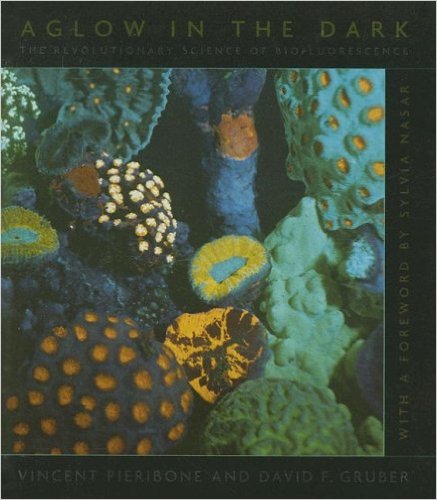














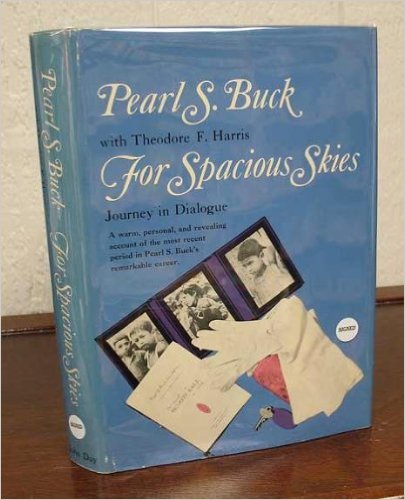














































































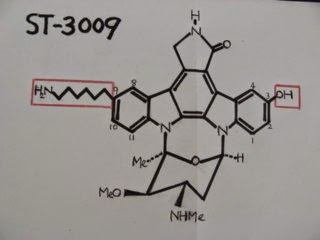







































![アルニカ [ウサギ菊]](https://blogger.googleusercontent.com/img/b/R29vZ2xl/AVvXsEilqv0qou-4NpoUh1PFWYK0FSaozKazee0VYGxsFtfjBma46ya9yxqB6X9Ziuob25tNRpBbnFIcUFlOEjz1WcAjVNzjGl1E-QbDgE7VOLkjZDx0eplJ1WJHf0fTEWXxf8F5G-cHUhqHELY9/s1600/ArnicaS.jpg)


















































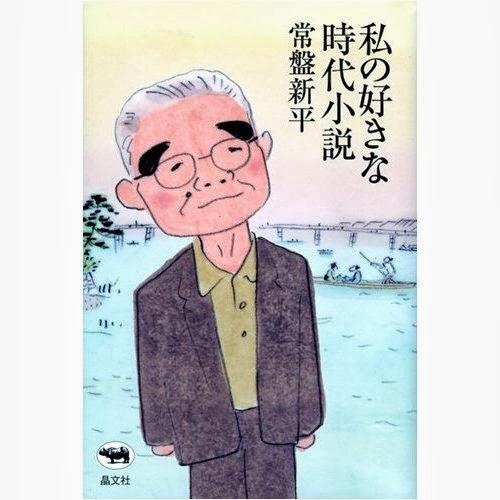










































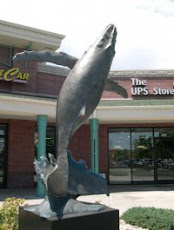










































.jpg)
















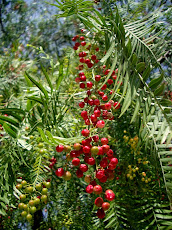






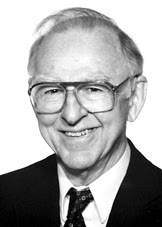








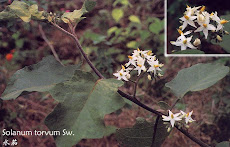







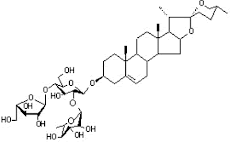















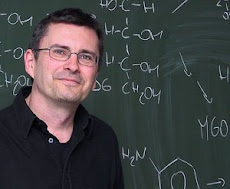


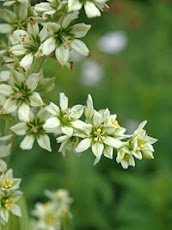








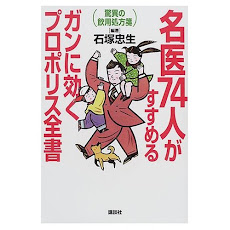



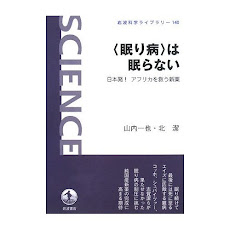






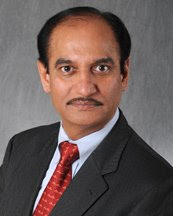





.jpg)















































